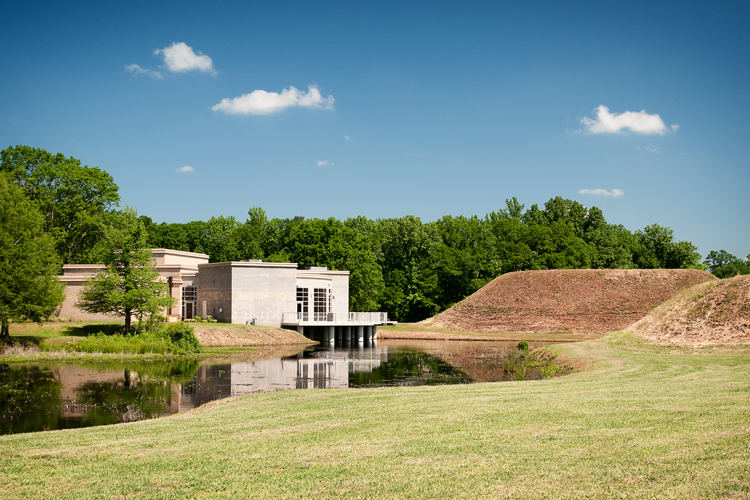Welcome to Moundville Archaeological Park, a site that offers a window into the past of Native American civilizations. Situated on the Black Warrior River, just 13 miles south of Tuscaloosa, Alabama, this park is one of the premier Native American heritage sites in the United States. Imagine stepping back in time to a bustling city that was once the largest in America north of Mexico. Between 1000 and 1450 AD, Moundville was a thriving community of the Mississippian culture, known for its advanced social structures and impressive earthworks.
The origins of Moundville date back to around 1000 AD, when it began as a small settlement. By 1150 AD, it had grown into a major regional center, characterized by its 29 earthen mounds, which were used for ceremonial purposes, as well as residences for the nobility. These mounds were strategically arranged around a central plaza, reflecting a complex societal structure with political and religious significance.
One of the most prominent figures associated with Moundville is Dr. Walter B. Jones, who played a crucial role in preserving this archaeological treasure. In the early 20th century, Jones, a geologist and museum director, led efforts to protect the site from looting and destruction. Under his guidance, the Alabama Museum of Natural History acquired land, and the site was eventually established as Mound State Park in 1933.
The Civilian Conservation Corps, directed by the National Park Service, conducted large-scale excavations and development during the Great Depression. By 1939, the park was officially opened to the public as Mound State Monument, showcasing its archaeological significance and preserving the mounds against erosion.
Over the years, the site has evolved, with the University of Alabama Museums now managing the park. The Jones Archaeological Museum, originally opened in 1939, underwent a major renovation and reopened in 2010, combining state-of-the-art technology with ancient artifacts to create an immersive experience.
Moundville played a significant role in the Mississippian culture, which was characterized by theocratic village-states and elaborate ceremonial practices. The park’s archaeological finds, including the famous stone Rattlesnake Disk, provide insight into the lives of the Native American peoples who once thrived here. As you explore the park, you’ll discover the stories of trade, politics, religion, and everyday life that defined this ancient community.




